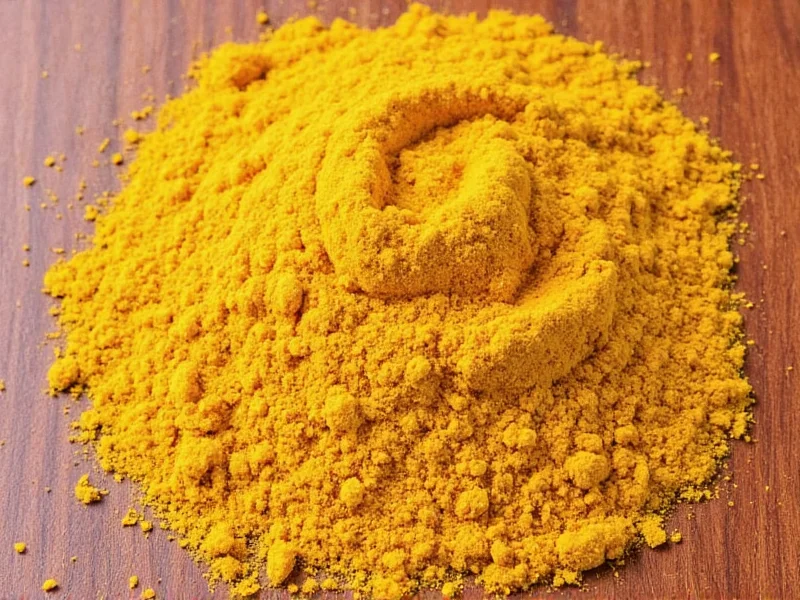Understanding Curry Powder Composition for Effective Substitution
Curry powder isn't a single spice but a carefully balanced blend that varies by region and manufacturer. Most commercial blends contain turmeric (providing color), coriander (citrus notes), cumin (earthy depth), fenugreek (bitter complexity), and additional spices like cardamom, cloves, and chili. This complexity explains why finding the perfect curry powder replacement for Indian recipes requires understanding your specific culinary needs.
Historical Evolution of Curry Powder: Why Regional Variations Exist
The term "curry powder" emerged during British colonial rule in India as a commercial simplification of diverse regional spice traditions. As documented by the British Library's historical archives, early 19th-century British colonists sought convenient "Indian" flavors, leading to the first commercial blends in 1820s England (British Library, 2017). Key evolutionary milestones:
- 1820-1850: Early blends focused on turmeric/coriander, lacking regional complexity
- 1880s: Madras curry powder emerged with chili for British palates
- Post-WWII: Globalization spurred distinct Thai, Japanese, and British-style commercial blends
- 1990s-present: Authentic regional masalas gained prominence through culinary globalization
This historical context explains why garam masala (a North Indian finishing spice) fundamentally differs from curry powder (a British commercial product), making direct substitutions problematic without adjustments.
Top 5 Practical Curry Powder Substitutes
When you're mid-recipe and realize you're out of curry powder, these alternatives deliver authentic flavor profiles without compromising your dish.
| Substitute | Ratio | Best For | Flavor Notes |
|---|---|---|---|
| Homemade Blend (turmeric, coriander, cumin, ginger) | 2:2:1:1 | All-purpose substitute | Balanced earthy flavor with proper color |
| Garam Masala | ¾ amount of curry powder | North Indian dishes | Sweeter, warmer profile; add turmeric for color |
| Curry Paste (red or yellow) | 1 tbsp paste = 1 tsp powder + 2 tbsp liquid | Thai-inspired curries | More intense, add liquid to balance |
| Madras Curry Powder | 1:1 | Spicy curry dishes | Hotter alternative with similar base |
| Beacham's Curry Powder | 1:1 | British-style curries | Milder, more consistent commercial option |
Creating Your Own Curry Powder Blend
For the most authentic homemade curry powder substitute, combine these ingredients in a spice grinder:
- 2 tablespoons turmeric
- 2 tablespoons ground coriander
- 1 tablespoon ground cumin
- 1 tablespoon ground ginger
- 1 teaspoon garlic powder
- ½ teaspoon black pepper (enhances turmeric absorption)
- ¼ teaspoon cayenne (optional for heat)
Mix thoroughly and store in an airtight container. This blend works exceptionally well as a curry powder substitute for chicken curry and vegetable dishes. The black pepper (while not traditional in Indian blends) significantly increases curcumin bioavailability; research shows piperine enhances absorption by up to 2000% (Planta Medica, 1998).
Regional Substitution Guidelines
Not all curries are created equal. Understanding regional differences prevents flavor mismatches:
Indian Cuisine Substitutions
For authentic Indian dishes, avoid using curry paste as a substitute for curry powder in butter chicken. Instead, use the homemade blend above and add ¼ teaspoon fenugreek if available. Garam masala works for finishing dishes but shouldn't replace curry powder during cooking.
Critical Context Boundaries: When Substitutes Fail
Scientific analysis reveals specific limitations (Journal of Food Science and Technology, 2015):
- South Indian Sambar: Requires fenugreek's distinctive bitterness (0.5-2% in authentic blends). Garam masala lacks fenugreek, making it unsuitable as primary substitute
- British "Chicken Tikka Masala": Relies on consistent commercial powder; homemade blends may clump in creamy sauces without anti-caking agents
- Thai Red Curry: Needs fresh lemongrass/galangal from paste; dry substitutes cannot replicate these volatile compounds
Always match substitutes to the dish's cultural origin - mismatches alter fundamental flavor architecture.
Thai & Southeast Asian Adaptations
When making Thai-inspired dishes, curry paste makes the most appropriate substitute. For every teaspoon of curry powder required, use 1 tablespoon of red or yellow curry paste diluted with 2 tablespoons of coconut milk or broth. This adjustment accounts for the curry powder vs curry paste difference in moisture content.
Common Substitution Mistakes to Avoid
Many home cooks make these critical errors when seeking a curry powder alternative for lentil soup or other dishes:
- Using only turmeric - Creates yellow color but lacks complexity and can become bitter
- Incorrect ratios - Too much cumin overwhelms; too little turmeric loses signature color
- Adding substitutes at wrong cooking stage - Add delicate spices like coriander later in cooking
- Ignoring regional requirements - Indian and Thai curries need different approaches
Adjusting for Dietary Restrictions
For those with specific dietary needs, these gluten-free curry powder substitutes work perfectly:
- All individual spices are naturally gluten-free when purchased from reputable sources
- Avoid pre-mixed blends that may contain anti-caking agents with gluten
- For low-sodium diets, skip adding salt to your homemade blend
- Vegan cooks should verify that commercial blends don't contain dairy derivatives
Storage and Shelf Life Considerations
Homemade curry powder substitutes lose potency faster than commercial blends. Store your DIY curry powder replacement in an airtight container away from light and heat. Properly stored, it maintains optimal flavor for 3-4 months. For longer storage, freeze in ice cube trays with oil for ready-to-use portions in future recipes.
Testing Your Substitute
Before committing to a full recipe, test your curry powder alternative for vegetable curry with this method:
- Mix 1 teaspoon of your substitute with 2 tablespoons of warm oil
- Add to ½ cup of simmering coconut milk or broth
- Taste after 5 minutes of simmering
- Adjust spice ratios as needed before incorporating into your main dish











 浙公网安备
33010002000092号
浙公网安备
33010002000092号 浙B2-20120091-4
浙B2-20120091-4